
Vibe coding — the practice of writing code through natural language interactions with AI — has become a hot topic across the corporate tech world. But in practice, it’s meeting a wall of cultural caution, productivity paradoxes, and real-world quality challenges. Here is our look at the current state of adoption, risks, and the emerging best practices for companies bringing AI-assisted coding into their development pipelines.
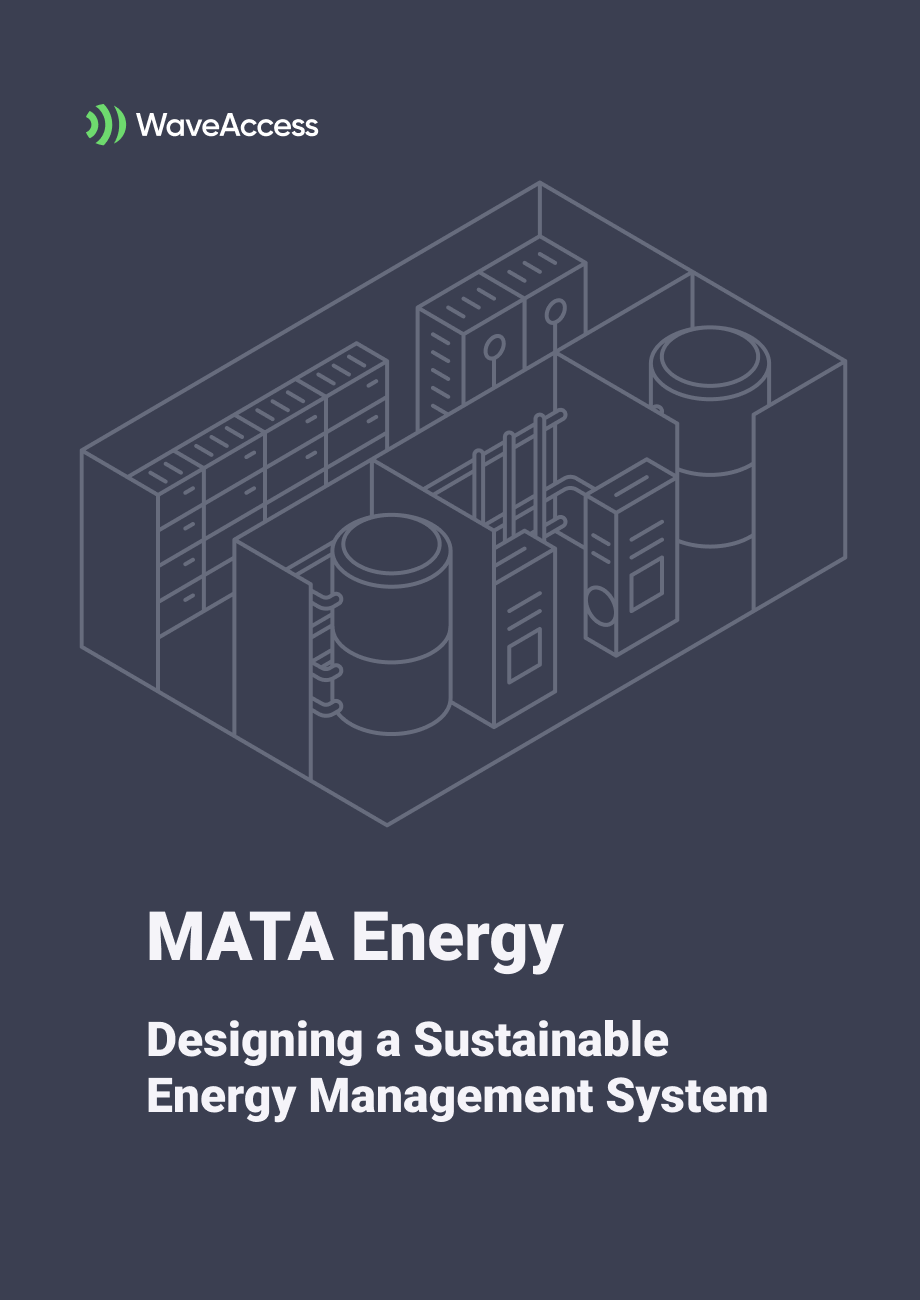
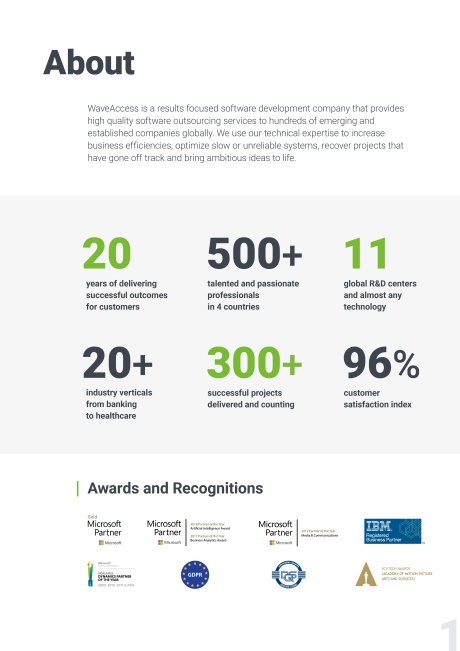
|
The solution is aimed to facilitate sector-coupled energy supply, improving its efficiency. For the client we provided a consulting session, and developed an MVP.
|
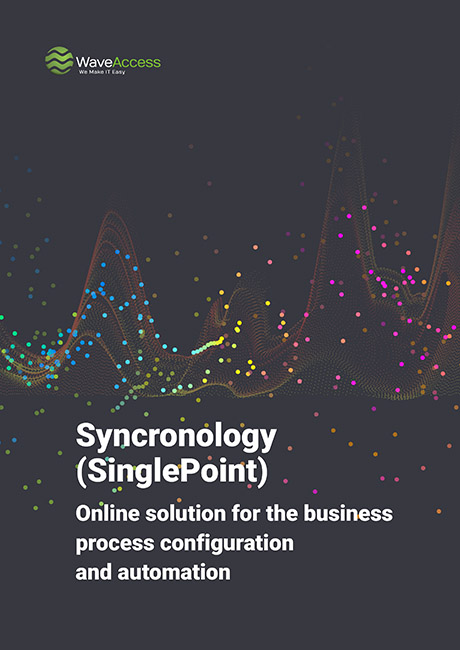

|
The busines process automation solution developed for Synchronology (London based provider of manufacturing enterprises solutions) The application has been deployed to Rolls Royce, Honey Well, and to several companies in China.
|
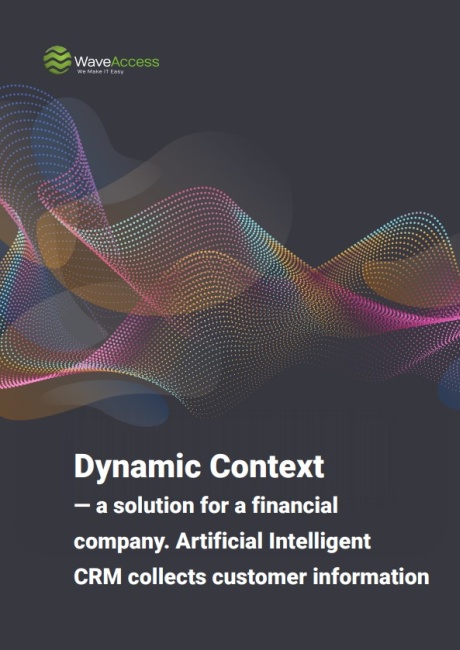

|
A solution for a financial company. Artificial Intelligence based CRM collects customer information.
|
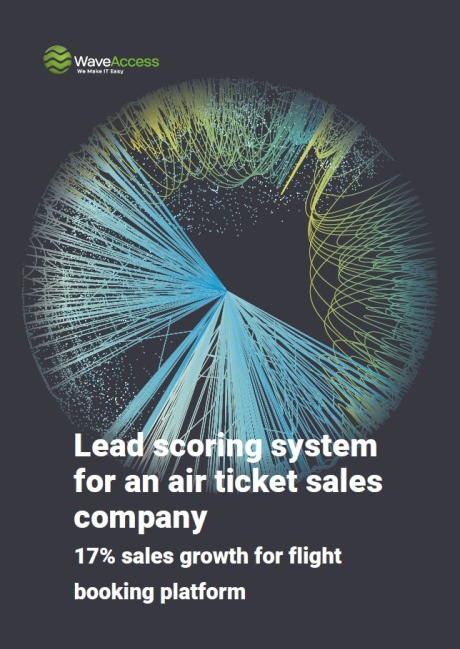

|
For an air ticket sales company. 17% sales growth for flight booking platform.
|

How we process your personal data